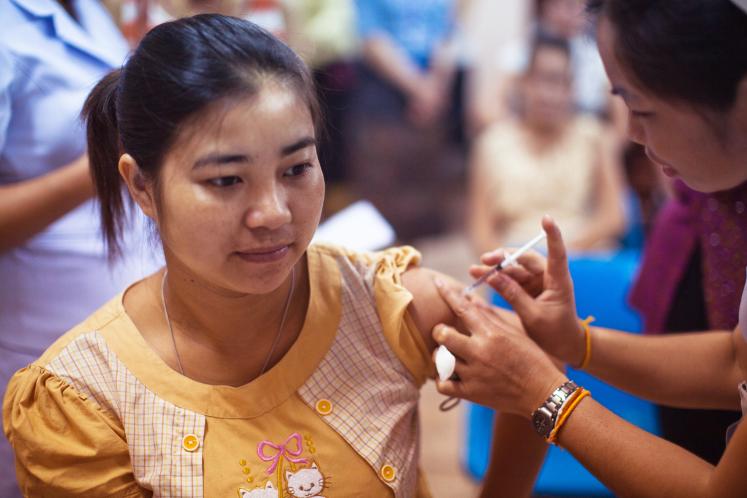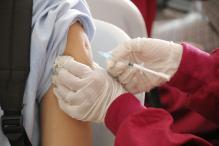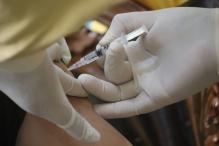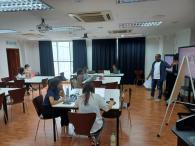Many gender-related barriers in health access and delivery are rooted within the political, economic, social, and legal systems. These include restrictive gender norms, resource constraints such as for time and finances, and the distribution of power, autonomy, and participation in decision-making, at domestic, community, institutional and structural levels. To maximise the protective benefits of COVID-19 vaccines, national vaccination deployment needed to reach as many women, men, and gender-diverse people in the most equitable, efficient, and effective way possible. This required action on the gender-related barriers and inequities that negatively affect access to health services and information. However, only a few governments included gender considerations in the COVID-19 vaccine delivery plans. It is important to reflect and learn from these examples.
In this webinar, hosted and moderated by Lavanya Vijayasingham (UNU-IIGH) and Nazneen Damji (UN Women), Helia Molina (University of Santiago de Chile) and Sarojini Nadimpally (SAMA – Resource Group for Women and Health) share examples from Chile and India on gender-related barriers and inequalities and solutions on how to address them. In Chile for instance routinely reported sex and age disaggregated data on vaccine coverage, and was one of the early countries to initiate vaccination among pregnant women. They also achieved relatively quick deployment of the vaccines, leveraging the country’s primary care facilities, early government initiatives to procure the supply of vaccines, and use of mobile units to reach isolated communities. In India, fewer women were receiving or choosing to receive COVID-19 vaccines than men. This was linked to multiple factors including out-of-pocket spending, concern with adverse events linked to menstrual cycles and fertility, workplace bias with more men working in urban or semi-urban areas having access to vaccines compared to women engaged in care work, who stayed home, especially in the rural areas.
Watch the full webinar via this LINK.




